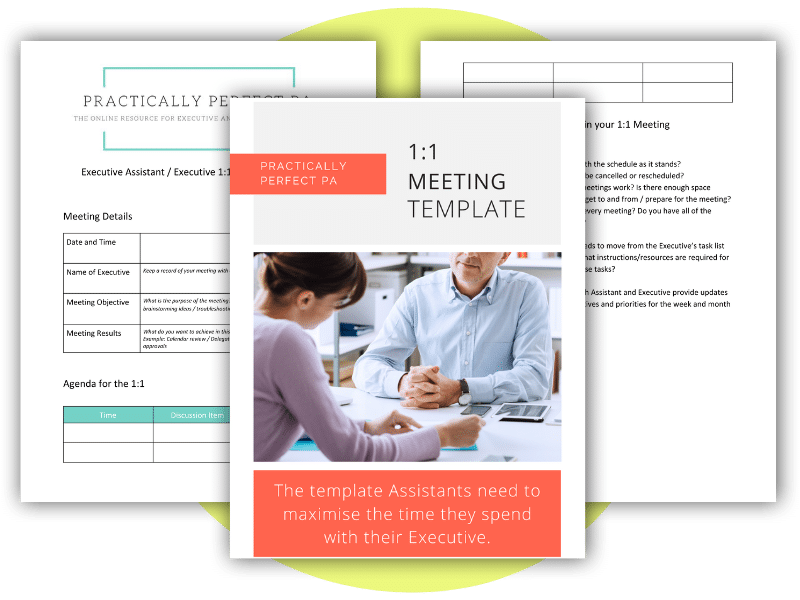Stepping Up and Being Heard in Meetings: Overcoming Internal Barriers
Meetings are a fundamental part of any organisation’s day-to-day operations. They serve as a platform for discussing ideas, making decisions, and sharing information. While many individuals attend these meetings, not everyone actively participates or feels heard. In this article, we will explore the concept of stepping up and being heard in meetings. We will focus on overcoming internal barriers that often hinder our ability to speak up, contribute, and make an impact during meetings.
Leaning In and Breaking Barriers
Leaning in, a concept popularised by Sheryl Sandberg, means actively engaging in meetings, discussions, and presentations rather than taking a passive role. It entails having the confidence to contribute and make your voice heard, regardless of your role or background. Sandberg noticed a common trend where individuals, especially women and those in supporting roles, would often sit on the sidelines rather than at the table during meetings.
External barriers such as workplace culture, social biases, and discrimination can indeed limit your ability to step up. However, in this article, we are going to shift the focus to the internal barriers—self-limiting beliefs and fears—that can hinder personal growth and prevent us from making a meaningful impact in meetings.
Identifying Your Fears
The first step in overcoming internal barriers is identifying your fears. Think about moments when you wanted to speak up during a meeting but hesitated. What stopped you? What were you afraid of? Common fears include the fear of rejection, the fear of failure, or the fear of not being taken seriously.
These fears often stem from self-doubt, concerns about not having enough knowledge or worries about the culture and beliefs within the organisation, maybe about your role as an Assistant and where you fit into the hierarchy of the team. Recognising and acknowledging these fears is the first step in addressing them.
Fear Setting
To address these fears, you can employ a technique called “fear setting,” inspired by Tim Ferriss. Fear setting involves a systematic process:
Define the Fear: Clearly articulate what you fear. For example, fear of speaking up during a meeting.
List Potential Consequences: Explore the worst-case scenarios if your fear comes true. This can help put your fear into perspective.
Preventive Measures: Identify steps you can take to prevent these worst-case scenarios from happening.
Recovery Plan: Consider how you would recover if your fear became a reality. What actions could you take to rectify the situation?
Cost of Inactivity: Reflect on the cost of not facing your fear and how it might hinder your personal and professional growth.
Partial Success: Recognise that not every outcome is entirely positive or negative. Consider what partial success in facing your fear would look like.
By going through this process, you can prepare yourself psychologically and develop strategies to deal with your fears effectively.
Changing Assumptions
Another aspect to consider is how our assumptions can fuel our fears. When we encounter situations or individuals, our brains often try to make sense of them, filling in gaps with assumptions. These assumptions can be inaccurate and limit our potential. To counter this, question your assumptions about others and yourself. Challenge the assumptions that may hold you back and keep your mind open to new possibilities.
Effective Communication
In addition to addressing internal barriers, it’s crucial to focus on effective communication during meetings. Deborah Tannen, a linguistics professor, highlights the importance of directness and clarity in communication. Men tend to be more direct in their communication styles, while women often use indirect language. Understanding when to be direct and when to be indirect can enhance your ability to convey your message effectively.
Furthermore, Tannen discusses the concept of meta-messages—hidden messages behind what is said. Being aware of these meta-messages and striving for clarity in your communication can help you get your point across more effectively.
Strategies for Impactful Communication
Lee Warren’s strategies for impactful communication—HAM-PIE, PEP, and a Hook—are valuable tools for stepping up and being heard in meetings.
HAM-PIE: Hearts and Minds, Pictures, Interesting, Emotionally Connect. Consider how your message will resonate emotionally with your audience, use visuals or metaphors to illustrate your point, and make your message interesting to capture attention.
PEP: Point, Elaborate, Point. Start with a clear point, elaborate on it with supporting details, and close by restating your point.
Hook: Identify what’s in it for your audience—what will engage them and make them interested in what you have to say.
Stepping up and being heard in meetings is a skill that can be developed by addressing internal barriers, changing assumptions, and enhancing your communication techniques. Remember that your brain has the capacity for neuroplasticity, meaning you can rewire it to overcome fears and increase your impact. Embrace the concept of leaning in, both internally and externally, and empower yourself to contribute meaningfully in meetings and beyond.





